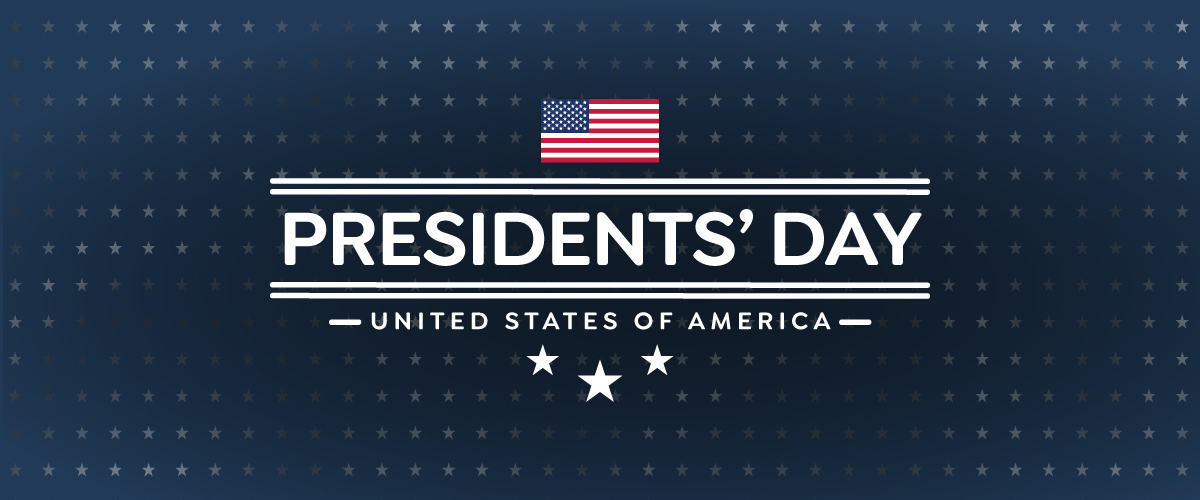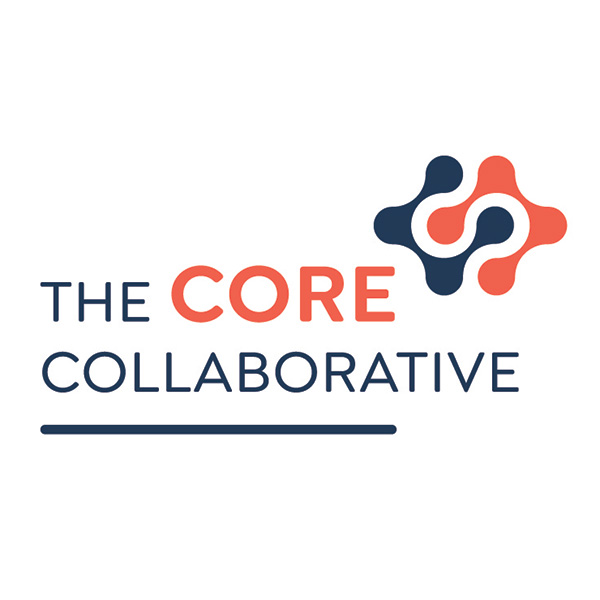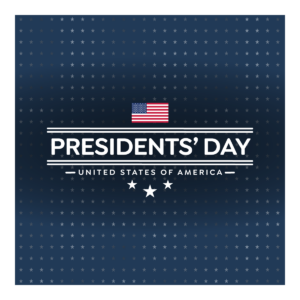
Presidents Day, celebrated this year on Monday, February 17th, offers an opportunity to explore the importance of the presidency, its evolution, and the impact it has had on the nation. Originally established in 1885 to honor George Washington’s birthday, this holiday now serves to celebrate all U.S. presidents. Over the years, the presidency has evolved, from a position focused on national defense and diplomacy to one influencing policy, economics, and social change. By exploring books written by a diverse set of Americans, including naturalized citizens and recent immigrants, we can deepen our understanding of the presidency and encourage students to engage in important discussions about history, leadership, and citizenship.
Here are several children’s books that explore the role of the president, offer insights into U.S. history, and spark important conversations in the classroom.
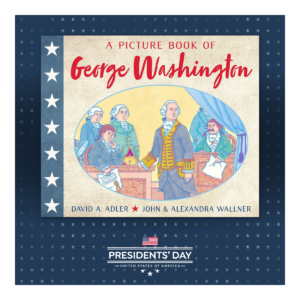 1. A Picture Book of George Washington by David A. Adler
1. A Picture Book of George Washington by David A. Adler
This book provides a simple yet informative biography of the first U.S. president, George Washington. Through vivid illustrations and easy-to-understand language, children learn about Washington’s early life, his military and political contributions, and his legacy as a founding father. The book offers a perfect introduction to the history of the presidency and its foundations.
Classroom Ideas: Use this book to launch discussions on the roles of the first presidents, the founding of the country, and Washington’s influence on modern politics. A classroom project could involve creating a timeline of U.S. presidents and comparing their leadership styles. Older students can write alternate histories or debate how different the presidency might be had another leader been elected as our first president.
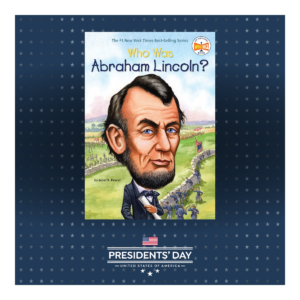 2. Who Was Abraham Lincoln? by Janet B. Pascal
2. Who Was Abraham Lincoln? by Janet B. Pascal
Abraham Lincoln, known for his leadership during the Civil War and the emancipation of enslaved people, is brought to life in this biography. It explores his struggles and the legacy of his presidency, emphasizing his role in shaping the nation. This book helps students understand how the presidency can guide a nation through difficult times.
Classroom Ideas: Discuss how Lincoln’s presidency affected issues of slavery and civil rights, tying it to geography by mapping the key events of his presidency. This is an opportunity to open up discussions about how common beliefs and values change over time. Encourage students to research other presidents who have shaped the nation’s history.
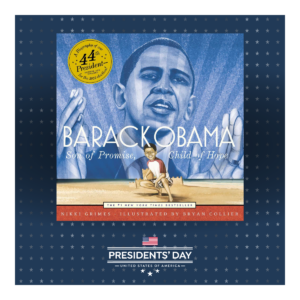 3. Barack Obama: Son of Promise, Child of Hope by Nikki Grimes
3. Barack Obama: Son of Promise, Child of Hope by Nikki Grimes
This beautifully illustrated biography tells the story of Barack Obama’s early life and rise to the presidency. It emphasizes his diverse background and the importance of perseverance in achieving his goals, making it a great resource to highlight the impact of diversity in leadership.
Classroom Ideas: Use the book to discuss the importance of diversity in leadership and explore Obama’s presidency in the context of modern politics. Students can work on a project comparing Obama’s journey to the presidency, policies, and or work after his two terms with those of other recent presidents.
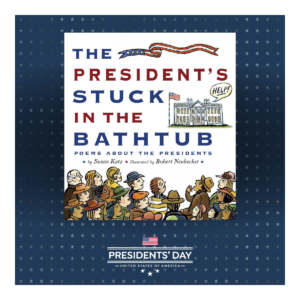 4. The President’s Stuck in the Bathtub by Susan Katz
4. The President’s Stuck in the Bathtub by Susan Katz
A lighthearted and educational book that introduces young readers to the presidents of the United States through fun and silly facts. The book takes a playful look at the quirks of past presidents, helping children remember important historical moments while having fun.
Classroom Ideas: Incorporate this book into a history lesson by having students pick one president to research further. They can present a fun fact about their chosen president, linking it to a key event during their time in office. Get creative! Make presidential “baseball cards”, movie posters or previews, or other products to share this high-interest information.
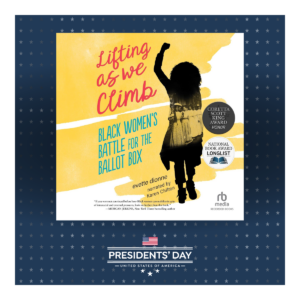 5. Lifting as We Climb: Black Women’s Battle for the Ballot Box by Evette Dionne
5. Lifting as We Climb: Black Women’s Battle for the Ballot Box by Evette Dionne
While not about a single president, this book highlights the story of Black women’s fight for the right to vote, intersecting with the presidency in the larger context of U.S. political history. It showcases the importance of the presidency in enacting change, especially concerning civil rights. Many students will be surprised to learn how recently many US citizens were granted the right to vote and then protected from discriminatory practices.
Classroom Ideas: Students can explore the history of voting rights in America, create a visual representation of key events leading to the passage of the 15th, 19th, and 26th Amendments to the Constitution and the 1965 Voting Rights Act, and analyze how presidential leadership influenced these outcomes.
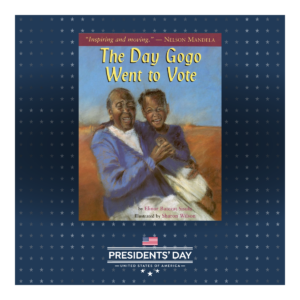 6. The Day Gogo Went to Vote by Elinor Batezat Sisulu
6. The Day Gogo Went to Vote by Elinor Batezat Sisulu
This beautifully illustrated book takes us far beyond the borders of the United States to tell the story of a grandmother who votes in South Africa’s first free election. While it focuses on South Africa’s democratic evolution, it connects the idea of leadership and voting to the broader concept of democracy, linking it to the role of U.S. presidents in shaping democratic values.
Classroom Ideas: Discuss the global importance of voting and leadership, comparing the South African and U.S. electoral systems. Students could write about what they believe makes a good leader and how presidents around the world shape democracy or imagine what it is like to vote for the first time.
These books offer one small step in helping students understand the complex role of the presidency, its evolution, and its impact on society. By exploring these diverse perspectives, educators can foster a deeper appreciation for U.S. history, democracy, and leadership. Whether through engaging discussions, research projects, or creative classroom activities, these books encourage active learning about the presidency and inspire students to become informed, engaged, and empowered citizens.


